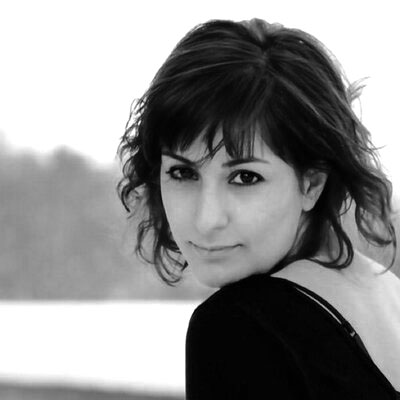Iran by Hoda Rostami ...
1.
Hidden City
Tehran is a big crowded city with a selection of distinctive individuals, with even more distinctive lives and exceptional behaviors. After many years when I returned to the city, where I was born and raised, everything had a different look from the time I had left it. Iran is an Islamic state run by Islamic law. Islamic dress code require all women to wear Veil or “Hijab”. Basically, Women have to cover their body and do not have a right to ride motorbikes nor can dance in public. They are not allowed to have a relationship with a man before marriage and kissing is banned by social norms in public. Women’s voice can only get permission for album release only if its in accordance with a male singer. Here is a forbidden city.
By living there again, I eventually discovered another city. A hidden one, breathing with a feminine beauty under the skin of the forbidden. Unlike traditional women, they put make ups, leave their hair revealed under scarves and look at beauty as the struggle against enforced Hijab. They do sports and ride bikes in parks and smoke in cafes. Wear lovely dresses and go to parties with their boyfriends. That does not relate to their religious lives. But, Bans have rooted deep inside their souls.
This collection, which is my first photo set, I have tried to reconstruct the moments which become images of lives of those distinctive individuals caught in the conflicts between the Forbidden and Hidden cities.
Hoda Rostami
2.
LIFE AGAIN PROJECT
I was in the middle of a photography project when I heard from a friend Tabriz has shaken. I turned on the TV and found out there has been an Earth Quake in Ahar and Varazghaan. And Without doubt we all witnessed the most heart breaking images of Mothers and Children. Kids suddenly find themselves involved in this brutal game of nature and mothers bury their most loved ones whom they had grown up, burdening all the hardships.
After a while I decided to visit Children of Earth Quake and spend few days of harsh winter of Azarbayjan withthem. They looked at few photos that I took from them. I wanted to frame their smiles in the midst of their games while they put behind the hardships and pain. I liked show their sense of hope in my photos. I liked the way they had immersed into their world, playing happily while leaving behind the grievances. There were so many things I would like to include in my photography, but more than anything else, it was hope which I wanted to be at the center stage. This collection is result of living couple of days with children of Varazghaan. A year and half has passed from the devastating earth quake. Today, we are willing to make arrangements so that those children can photograph their own future, hopes and dreams.
This summer, by the money raised from selling Varazghaan Photo collection, we are planning to purchase some photography equipment and with few fellow photographers will teach these kids basic photography, to enable them to bring their own lives into images, to do photography together, to teach them how to show their happiness and hardships through the lenses. To make them understand how interesting sweet and bitter tastes of life can be and if pictured, brings about fresh experiences for both kids and the adults. They will become photographers of their own lives. That’s what we ultimately hope to achieve.
(...)
Hoda Rostami
http://www.hodarostami.com/life-again.html
3.
White Marriage - Cohabiting Couple (IRAN)
In a country where strict Islamic laws mean shaking hands with the opposite sex is illegal, cohabitation is a crime that risks severe punishment.
Nevertheless, increasing numbers of unmarried couples are now choosing to live together.
The government might try to use force to stop this, just as they tried to impose stricter adherence to the rules on wearing a hijab [headscarf] on young women, but young people will continue to move forward. Modernity can't be stopped.


4.
Hoda Rostami
Hoda Rostami was born in 1986 in post-revolutionary Tehran. Her Family was taking refuge in Tehran from Iran-Iraq war and soon after moved to Sweden where she was raised. Nevertheless, questions of identity, background & Women’s situation in her homeland Iran and Middle East has constantly been her motivation toward defining her own style. Also, she actively shares her vision and experience with international audience on social media where her work has received much public attention.
ΠΑΡΑΠΟΜΠΕΣ:











































